Find Any Kiosk Machine You Need And Contact Lean Kiosk Now
All Products
Select Any Product
- Request A Quote Now
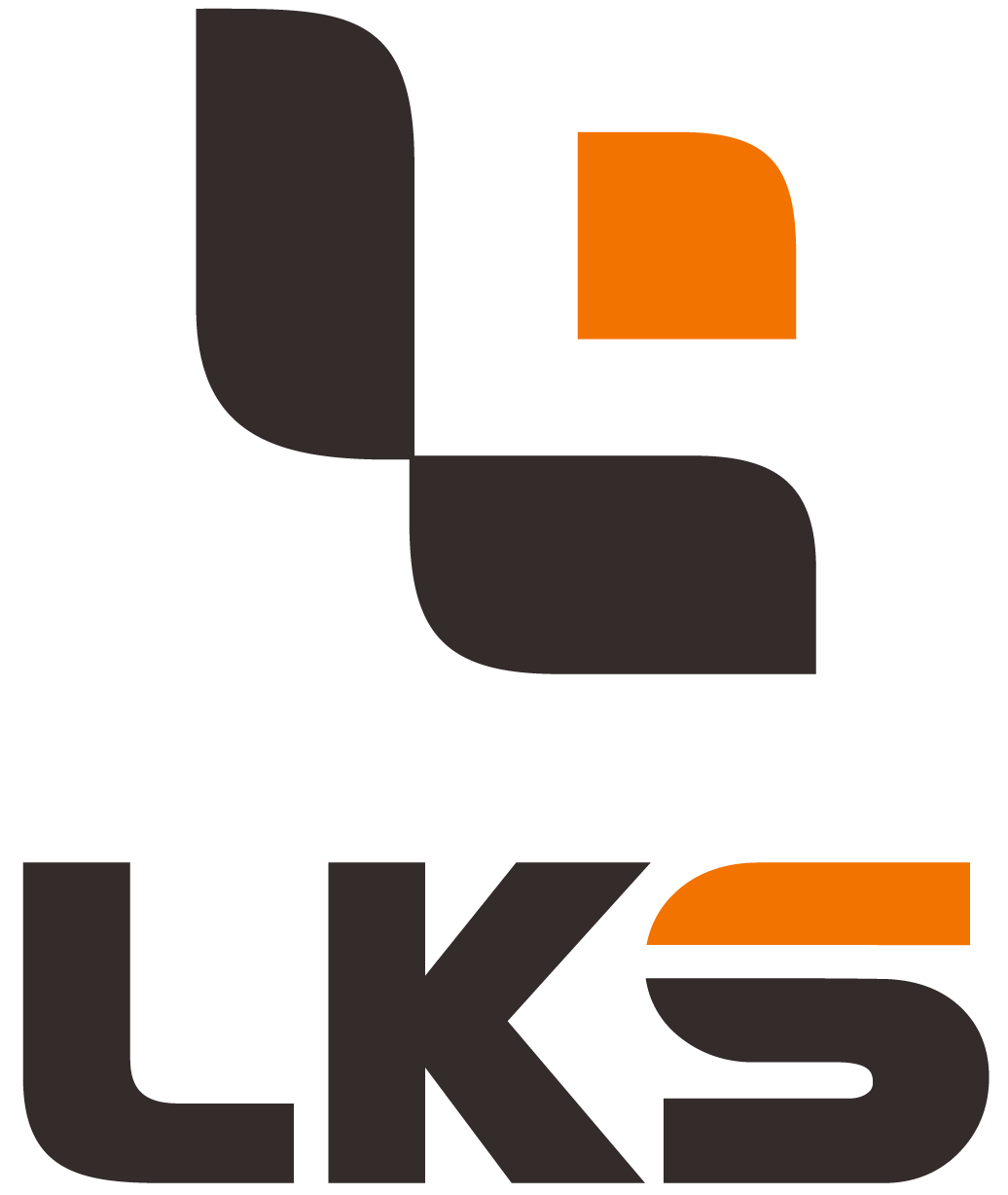
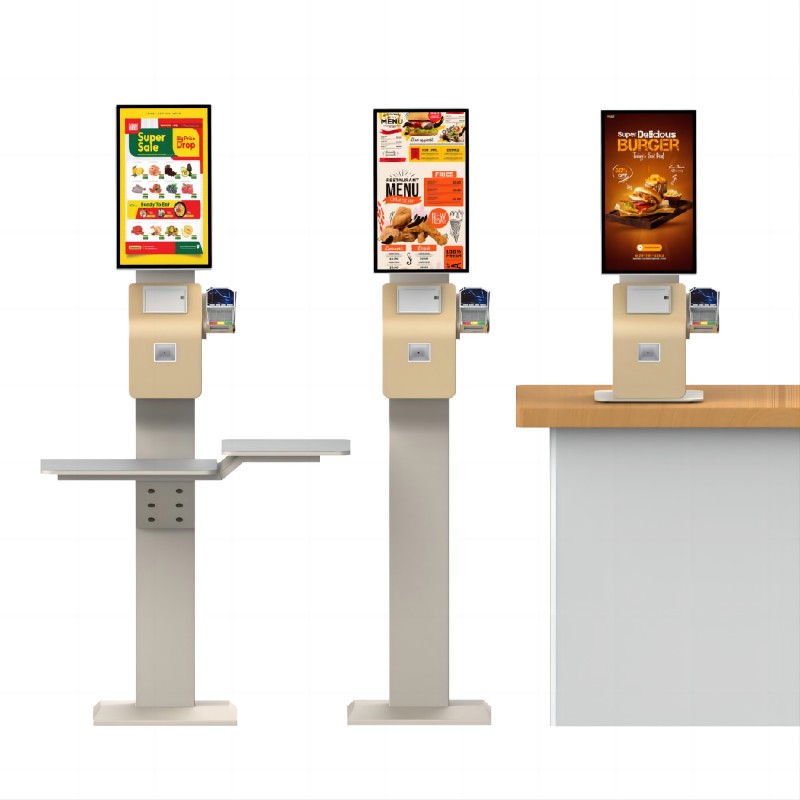

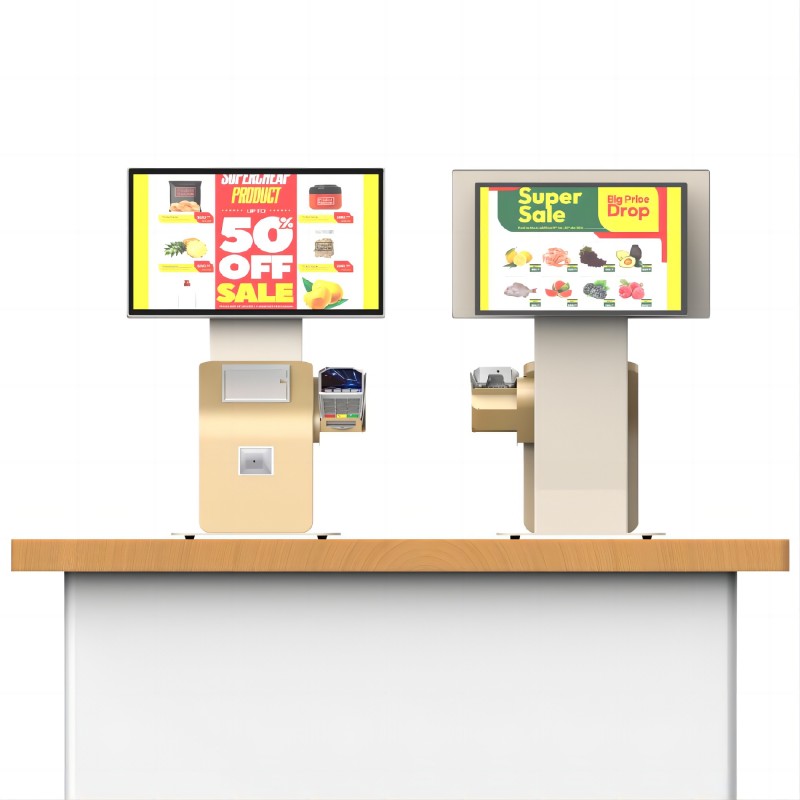



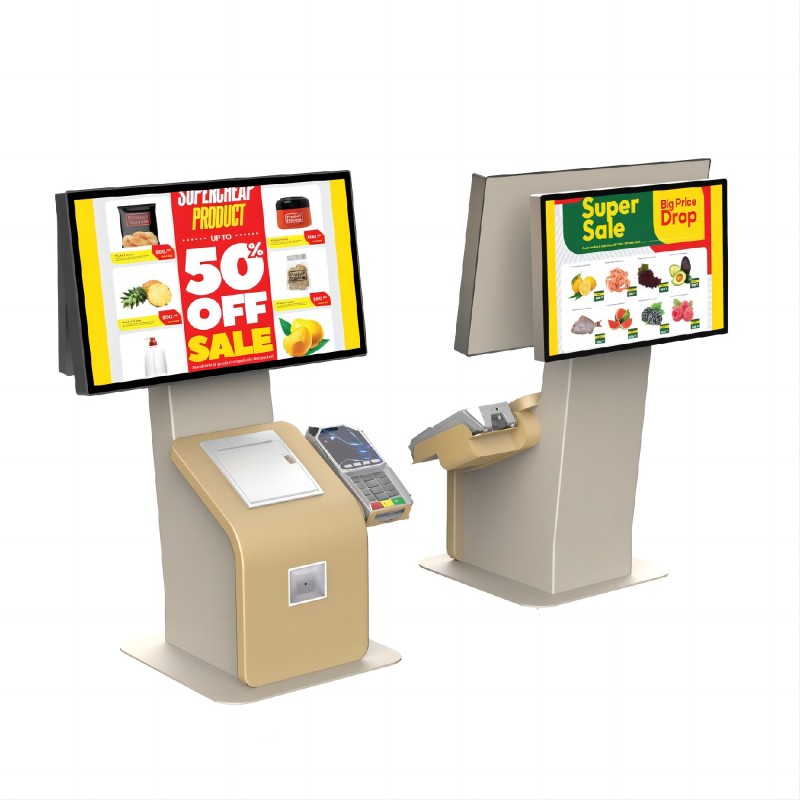


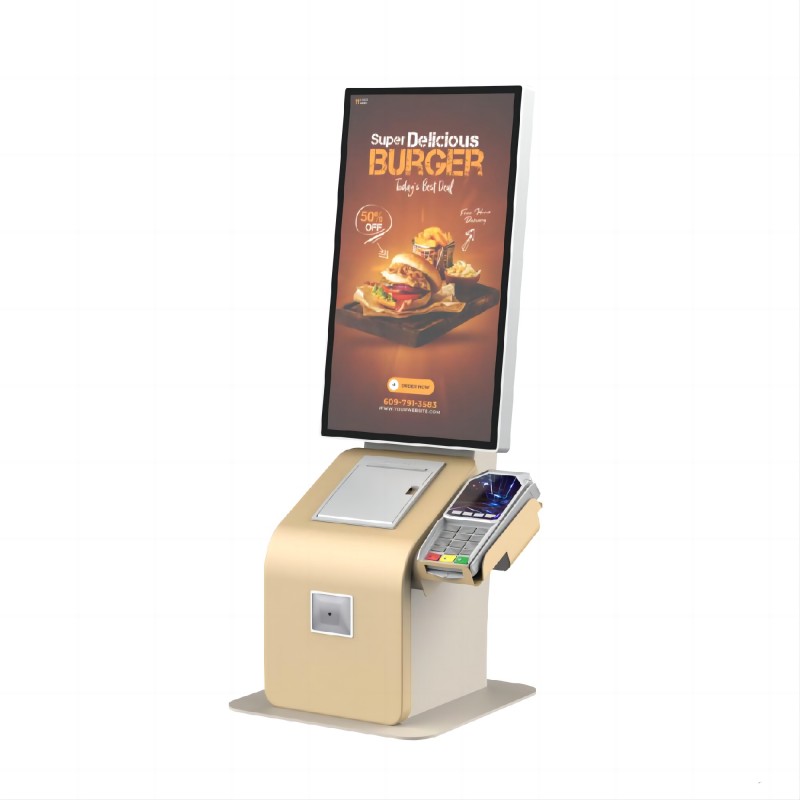


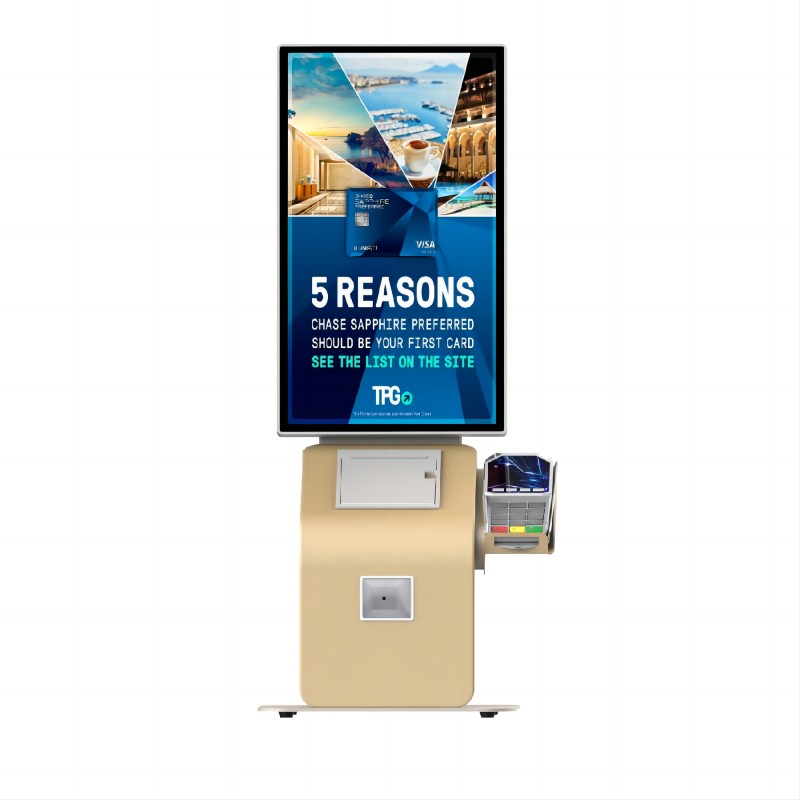


What did our happy clients say?
The POS cash register has greatly streamlined our checkout process. Its user-friendly interface and reliable performance have improved our efficiency. Thanks to [Supplier Name] for their excellent support!
We’re thrilled with our new POS register! It’s fast, accurate, and fits perfectly in our store. A big thank you to [Supplier Name] for their exceptional service and customization options.
Our sales have become more efficient thanks to this POS system. The integration with our inventory has been seamless. Kudos to [Supplier Name] for their outstanding product and support.
The POS cash register is a game-changer for us. It’s easy to use and very reliable. We appreciate Lean kiosk system for their prompt delivery and excellent customer service. Highly recommended!